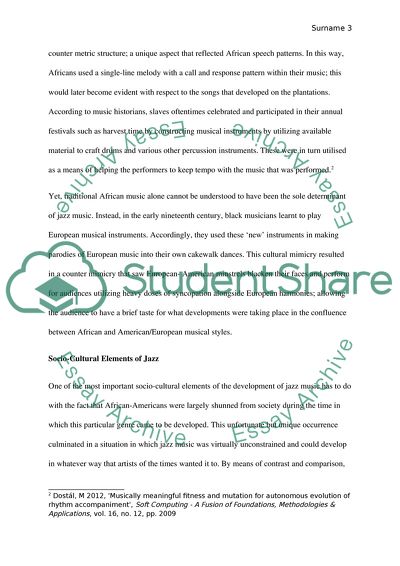Cite this document
(A History and Background of Jazz Music Essay Example | Topics and Well Written Essays - 1250 words - 1, n.d.)
A History and Background of Jazz Music Essay Example | Topics and Well Written Essays - 1250 words - 1. https://studentshare.org/music/1840687-history-of-jazz
A History and Background of Jazz Music Essay Example | Topics and Well Written Essays - 1250 words - 1. https://studentshare.org/music/1840687-history-of-jazz
(A History and Background of Jazz Music Essay Example | Topics and Well Written Essays - 1250 Words - 1)
A History and Background of Jazz Music Essay Example | Topics and Well Written Essays - 1250 Words - 1. https://studentshare.org/music/1840687-history-of-jazz.
A History and Background of Jazz Music Essay Example | Topics and Well Written Essays - 1250 Words - 1. https://studentshare.org/music/1840687-history-of-jazz.
“A History and Background of Jazz Music Essay Example | Topics and Well Written Essays - 1250 Words - 1”. https://studentshare.org/music/1840687-history-of-jazz.


